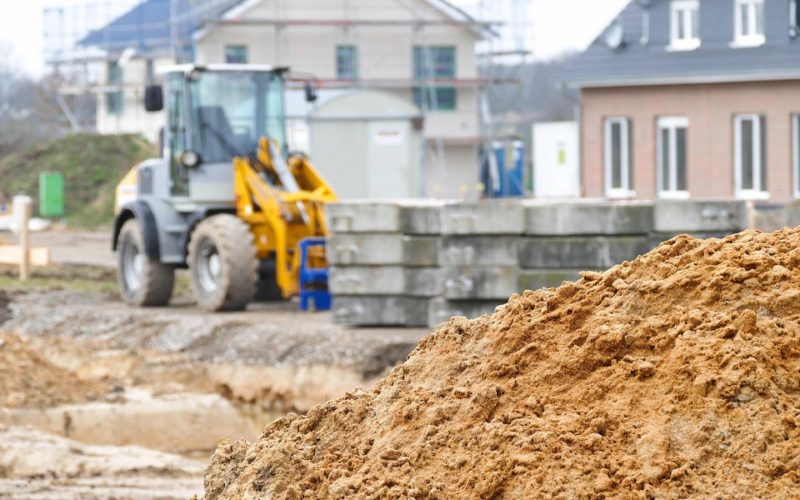Installing a new driveway is a significant home improvement project that can boost your property’s kerb appeal and functionality. However, a successful outcome depends on careful planning, from securing permissions to choosing the right materials and contractor. A well-laid plan helps you navigate potential challenges, ensuring your investment is durable, compliant, and visually pleasing for years to come. This guide breaks down the essential steps for planning your new driveway in the UK.
Understanding planning permission and dropped kerbs
Before any work begins, it's vital to determine if you need planning permission. In many cases, installing or replacing a driveway is considered 'permitted development', meaning you won't need to apply for permission. This is generally true if the surface is permeable or if rainwater runoff is directed to a lawn or border to drain naturally. However, if you are creating a new access point onto a public road, you will require permission from your local council for a 'dropped kerb'. This is a critical safety and legal requirement. Always check your local authority’s specific rules, as regulations can vary. Ignoring this step can lead to costly enforcement action.
Assessing your site and choosing materials
A thorough site assessment is the next step. Consider the ground conditions, the slope of the land, and existing drainage. Poor drainage is a primary cause of driveway failure, leading to puddles, ice, and structural damage. When selecting materials, think about aesthetics, durability, and maintenance. Traditional tarmac driveways are a cost-effective and durable choice, offering a smooth, classic finish. For a more modern and decorative look, resin bound driveways are a popular option. They consist of aggregate mixed with resin, creating a smooth, hard-wearing surface that is also permeable, which can be beneficial for planning permission and drainage.
The importance of the sub-base and contractor selection
The longevity of any driveway lies in its foundation, or sub-base. A properly excavated and compacted sub-base of MOT Type 1 aggregate is essential to prevent sinking and cracking. Skimping on this stage is a false economy. When selecting a contractor, seek out experienced professionals with a portfolio of local work you can view. Obtain multiple, detailed quotes that itemise materials, labour, waste removal, and the depth of the sub-base. Check for public liability insurance and ask if they offer a guarantee for their work. A reputable contractor will be happy to answer your questions and will not pressure you into a quick decision.
Common pitfalls and setting realistic expectations
Several common pitfalls can derail a driveway project. The most frequent issues stem from inadequate drainage planning and a poorly constructed sub-base. Another is failing to account for underground services like water pipes or cables during excavation. In terms of budget and timeline, be realistic. Factor in a contingency fund of 10-15% for unexpected costs. The duration of the project will depend on the size, material, and weather conditions, but a typical installation can take several days to a week. By addressing these key planning areas, you can avoid common mistakes and ensure your new driveway project runs smoothly.
Ultimately, whether you opt for permeable driveways to manage water runoff or a classic tarmac finish, the key to success is preparation. From navigating council requirements to selecting a qualified installer who understands the importance of ground preparation, every step is crucial. Taking the time to plan diligently will protect your investment and result in a functional and attractive new driveway that enhances your home.


























